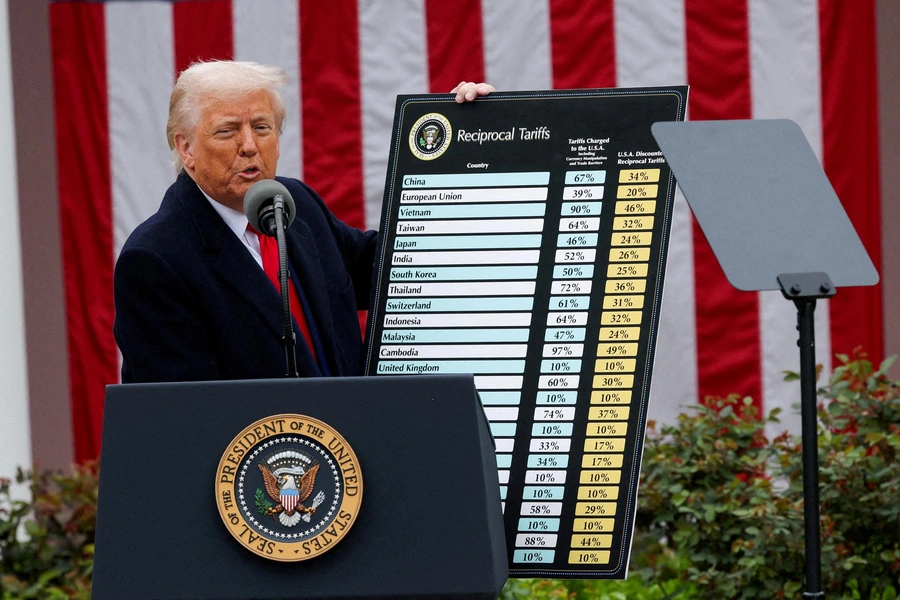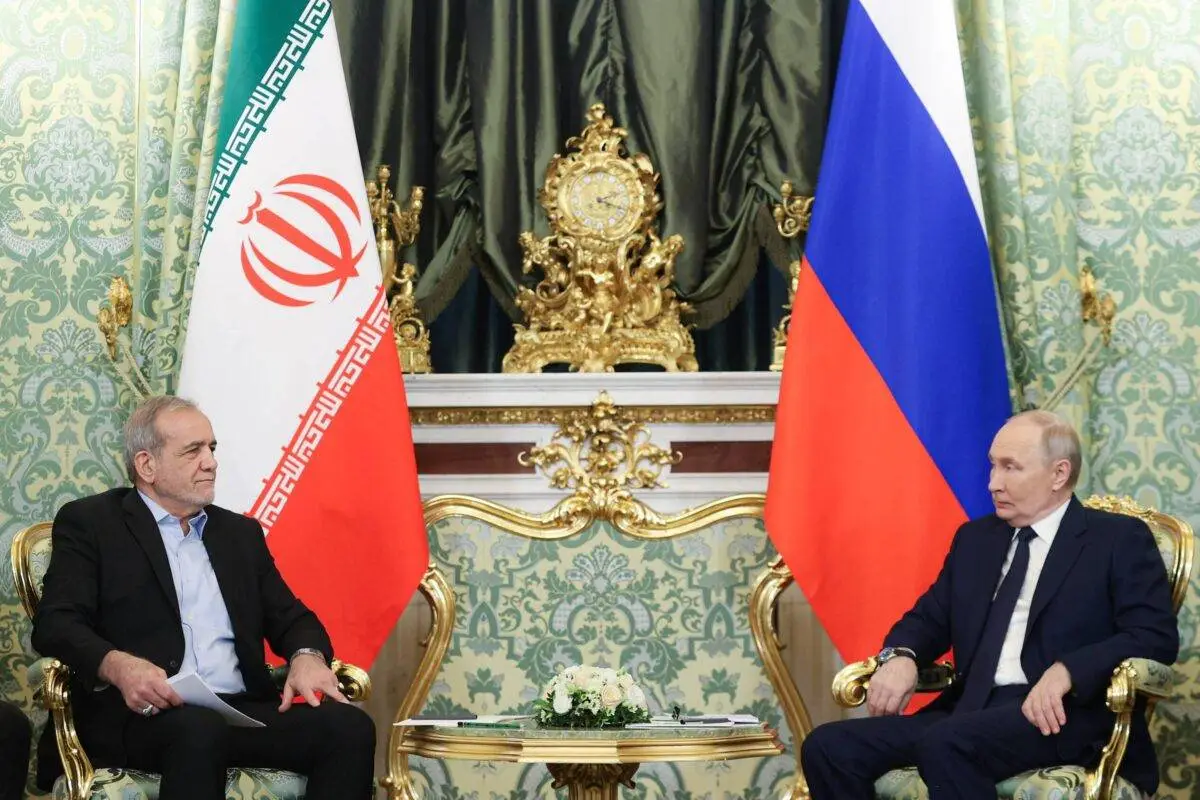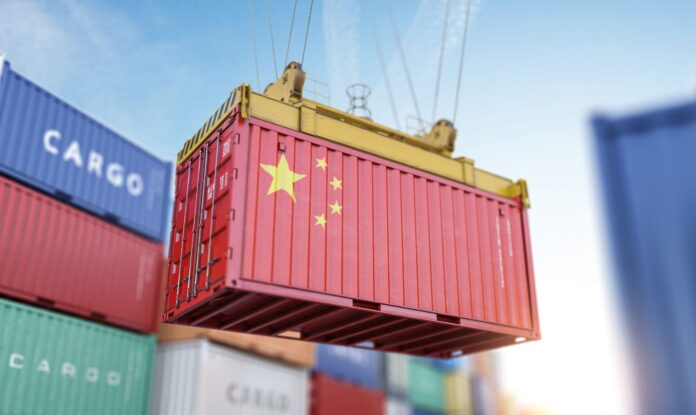In an era marked by economic uncertainty and shifting global dynamics, former President Donald Trump’s tariff strategy aimed to reshape American trade policies considerably. By imposing tariffs on a range of imported goods, especially from China, he sought to protect American manufacturers and jobs, a move that resonated with many of his supporters. “We are bringing back jobs to America,” Trump proclaimed during his presidency, emphasizing a nationalistic approach to trade.
However, this strategy stirred considerable controversy and sparked debates about its long-term implications for the U.S. economy and international relations. Critics of Trump’s tariffs argued that such measures often led to retaliation from other countries, which could escalate into a trade war. For instance, in response to U.S. tariffs, China implemented its own tariffs on American products, creating a ripple effect that affected various sectors, from agriculture to manufacturing.
Trump’s tariff strategy sparked debate, leading to retaliatory measures from countries like China and creating ripple effects across multiple sectors.
Many farmers faced significant losses as their products became less competitive in the Chinese market. The National Farmers Union expressed concerns, stating, “Farmers need access to global markets, not barriers.” This backlash highlighted the complexity of trade relationships and raised questions about the effectiveness of tariffs as a tool for economic growth.
Supporters, on the other hand, contended that the tariffs were necessary to level the playing field and address unfair trade practices. They pointed to the historical context of trade imbalances and the need for a reevaluation of existing agreements. By prioritizing American interests, Trump aimed to encourage domestic production, arguing that “America will be respected again.”
This sentiment struck a chord with many who felt globalization had undermined American jobs and industries. Nonetheless, the tariffs also led to increased costs for consumers, as imported goods became more expensive. Retailers and manufacturers faced higher expenses, which often translated to higher prices for everyday products.
The Consumer Technology Association warned that tariffs could “hurt American families and consumers,” indicating that the burden of protectionist policies often falls on the very people they are meant to help.
As the Biden administration took office, the future of Trump’s tariff strategy remained uncertain. The evolving economic landscape and ongoing global challenges prompted discussions about the need for a balanced approach to trade, one that fosters cooperation while still protecting American interests.
Ultimately, Trump’s tariff strategy exemplified the complexities of trade policy, illustrating the delicate interplay between protectionism and global economic integration.














